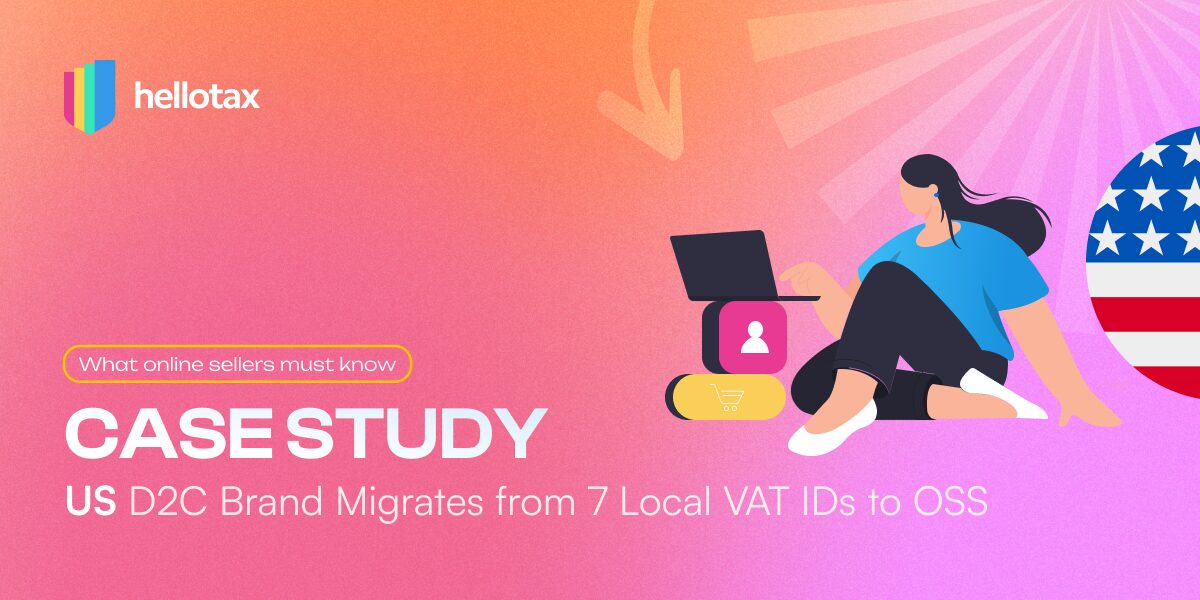Finally an entrepreneur? It is probably one of the most beautiful feelings to write your first own invoice – in contrast to the feeling of getting an invoice. But: What belongs in an invoice? And how do I calculate the value added tax? Writing an invoice is actually quite simple and it doesn’t require any complicated mathematical formulas to calculate gross and net.
Antonia Klatt
Last Updated on 28 September 2020
Formula for calculating VAT
The following formulas can be used to calculate your VAT, your net and gross prices. Please be aware that the VAT rates used in the example are the VAT rates in the UK. 20 % Standard rate and 5% reduced VAT rate.
| Calculate included VAT of 20%: Gross price / 1.20 * 0.20 = VAT included |
| Calculate included VAT of 5%: Gross price / 1.05 * 0.05 = VAT included |
| Calculate price without VAT of 20%: Gross price / 1.20= Net price (without VAT) |
| Calculate price without VAT of 5%: Gross price / 1.05 = Net price (without VAT) |
| Calculate price with VAT of 20%: Net price * 1.20 = Gross price (with VAT) |
| Calculate price with VAT of 5%: Net price * 1.05 = Gross price (with VAT) |
To use formulas would be the analog way. Another one is to use digital tools. For this purpose there are various VAT calculators that you can find online.
When prices are calculated, this is often first done with net values. The price you have calculated is the price you want to receive for your product or service. Now you add 20% VAT to your target price. Sounds simple? It is!
| Calculate price with VAT of 20%: Net price * 1.20 = Gross price (with VAT) | |
| Calculate price with VAT of 5%: Net price * 1.05 = Gross price (with VAT) |
Nothing in life is certain, is it? Unfortunately it is: You have to pay taxes, the tax office is rightly strict. But here’s some good news: As an entrepreneur, you don’t pay VAT on business expenses. You only collect it for the state and finally pay it to the tax office. An honorable task – after all, you will get the VAT back afterwards.
Who are these formulas for?
Entrepreneurs who have to pay VAT will add VAT to their net price. Depending on the tax rate, and if we are talking about the UK, this is 5% or 20%, which can make a product or service considerably more expensive.
Therefore entrepreneurs calculate the prices up to the selling price net and add finally on the selling price the value added tax. In the course of the calculation it is further regarded with the net value, since the entrepreneur pays no VAT and passes these on only to the consumer.
As an entrepreneur you collect the VAT in trust for the tax office. Excluded from this are small businesses. They do not collect VAT and may not claim input tax. Small businesses are a special regulation. It is intended to reduce bureaucracy for new entrepreneurs and to make their work a little easier.
NOTE: All EU countries can set their own VAT rates. >Here< is a list of them.
Which VAT rates apply in the United Kingdom
There are two VAT rates in the UK. There is the standard rate of 20% and the reduced rate of 5%. For basic foodstuffs, the tax rate of 5% is generally applicable. Exceptions are for example luxury foods such as lobster and crayfish. If a craftsman repairs something, the standard tax rate is used. Here the service is the main focus.
>Here< you can find out more about VAT rates in the UK and for which products and categories they apply.

What to take into account for the invoice
There are certain requirements for an invoice, how it has to look. Basically, an invoice has to contain the following pieces of information:
- Name and address of the recipient and the service provider
- Tax number or VAT identification number
- Invoice number ( serial)
- Date of invoice
- Description of the service or delivery
- Invoice amount in gross and net and the included VAT
- Applicable tax rate
If you take these points into account, you are on the safe side. Why are these aspects so important? To ensure that the input tax deduction can be handled correctly for the service recipient.
So that the input tax deduction can be handled correctly for the recipient of the service. Should you have a reverse charge case, there are still a few, further information to be considered.
Summary
In order not to constantly correct his calculations, it is important that they are correct from the beginning. The tax office also checks your invoices. So make sure that the services are always correctly labelled and that the VAT is correct. Otherwise it can quickly become expensive. Use templates for your invoices: This way you can easily use the VAT calculation formula in excel sheets.


